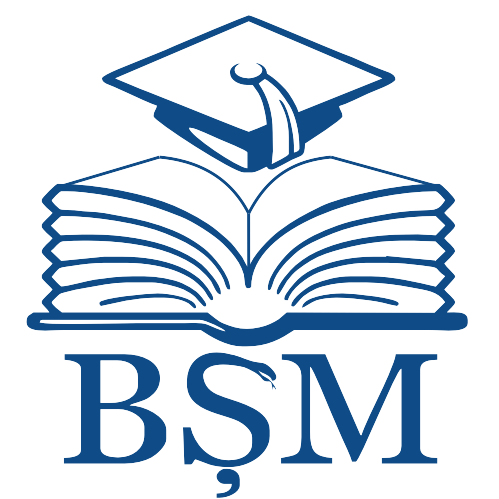- IRMS - Nicolae Testemitanu SUMPh
- 1. COLECȚIA INSTITUȚIONALĂ
- Revista de Științe ale Sănătății din Moldova
- Revista de Științe ale Sănătății din Moldova : Moldovan Journal of Health Sciences 2024 Vol. 11, Issue 4
Please use this identifier to cite or link to this item:
http://hdl.handle.net/20.500.12710/30067
| Title: | Monoclonal antibodies to human kappa and lambda light chains suitable for staining of formalin-fixed, paraffin-embedded tissue |
| Authors: | Syrbu, Sergei I.
Cohen, Michael B. |
| Keywords: | monoclonal antibodies;kappa and lambda immunoglobulin light chains;immunohistochemical staining;formalin-fixed;paraffin-embedded tissue |
| Issue Date: | 2024 |
| Publisher: | Instituţia Publică Universitatea de Stat de Medicină şi Farmacie „Nicolae Testemiţanu” din Republica Moldova |
| Citation: | SYRBU, Sergei I.; COHEN, Michael B. Monoclonal antibodies to human kappa and lambda light chains suitable for staining of formalin-fixed, paraffin-embedded tissue. In: Revista de Ştiinţe ale Sănătăţii din Moldova= Moldovan Journal of Health Sciences. 2024, vol. 11, nr. 4, pp. 3-9. ISSN 2345-1467. DOI: https://doi.org/10.52645/MJHS.2024.4.01 |
| Abstract: | Introduction. The hallmark of most B-cell neoplasia is proliferation of B-cells and clonal rearrangement of the immunoglobulin gene, which is lambda or kappa light chain restricted. Since fresh tissue is not always available to determine clonality, immunohistochemical (IHC) staining for kappa and lambda light chains is often performed on formalin-fixed, paraffin-embedded (FFPE) tissue. Commercially available polyclonal antibodies typically produce high background staining
and have a significant false negative rate, which makes it difficult to prove clonality. We developed a series of monoclonal
antibodies to human kappa and lambda light chain constant regions by immunizing mice with purified kappa and lambda
immunoglobulin light chains.
Materials and methods. Screening of the hybridoma populations and clone selection was performed in two steps. Primary screening was done by ELISA in plates coated with purified human kappa and lambda light chains fixed with 10%
formalin. The positive populations were then selected by IHC staining of FFPE containing B-cell neoplasms with known
immunophenotype.
Results. We selected eight hybridomas that produced highly specific monoclonal antibodies (mAbs) directed to the constant regions of kappa (four clones) and lambda light chains (four clones). The antibodies were used for IHC staining and
direct immunofluorescence microscopy on FFPE tissues. Plasma cell neoplasms could be stained without antigen retrieval.
For uniform and reproducible staining of diffuse large B-cell lymphomas and some marginal zone B-cell lymphomas with
plasmacytoid differentiation, a heat-based antigen retrieval procedure was necessary. Compared with commercial polyclonal antibodies to kappa and lambda light chains these mAbs demonstrated lower background staining and produced
fewer false negative results. |
| metadata.dc.relation.ispartof: | Revista de Ştiinţe ale Sănătăţii din Moldova = Moldovan Journal of Health Sciences |
| URI: | https://mjhs.md/sites/default/files/2024-12/MJHS_11_4_2024.pdf
https://repository.usmf.md/handle/20.500.12710/30067
https://doi.org/10.52645/MJHS.2024.4.01 |
| ISSN: | 2345-1467 |
| Appears in Collections: | Revista de Științe ale Sănătății din Moldova : Moldovan Journal of Health Sciences 2024 Vol. 11, Issue 4
|
Items in DSpace are protected by copyright, with all rights reserved, unless otherwise indicated.
|


